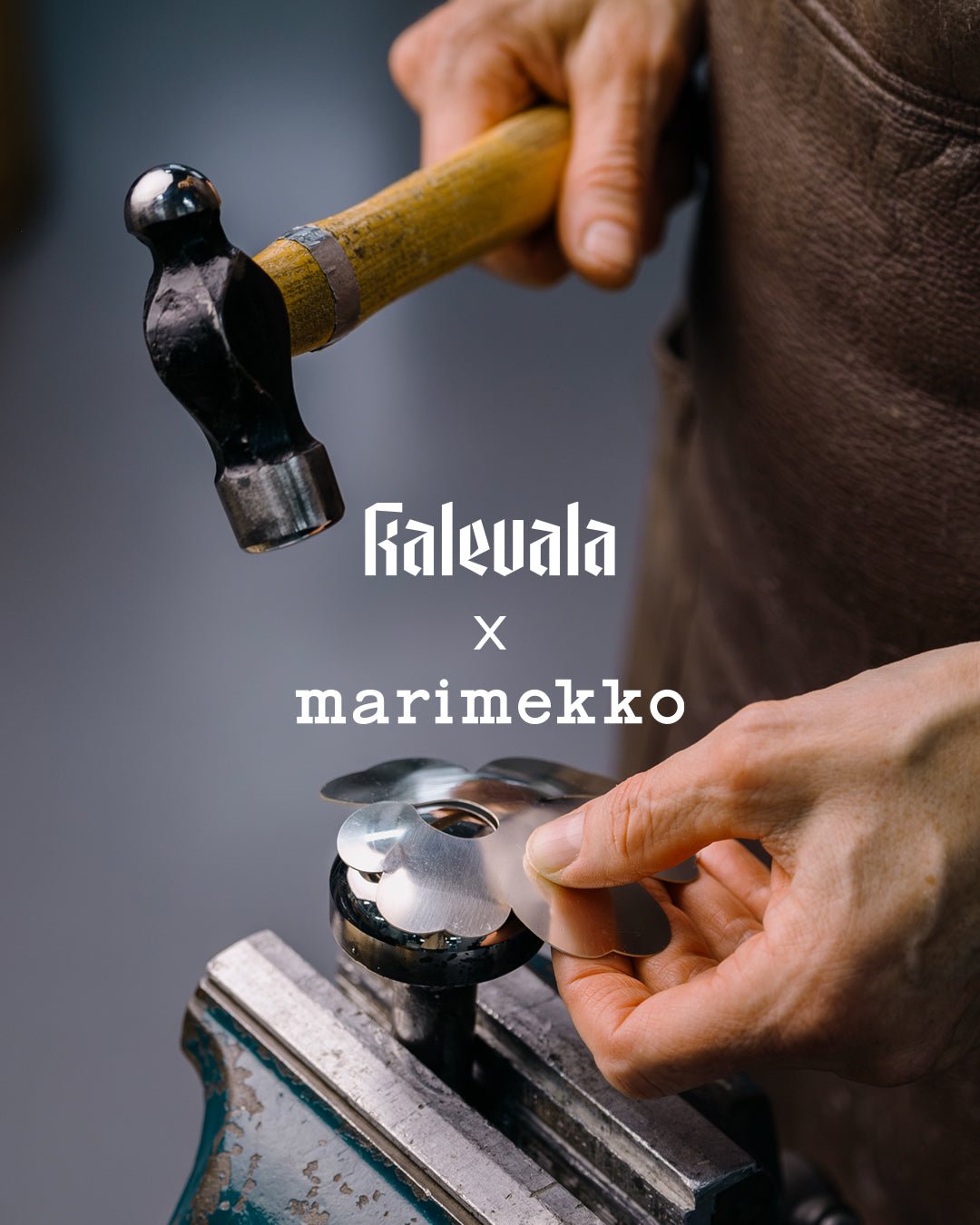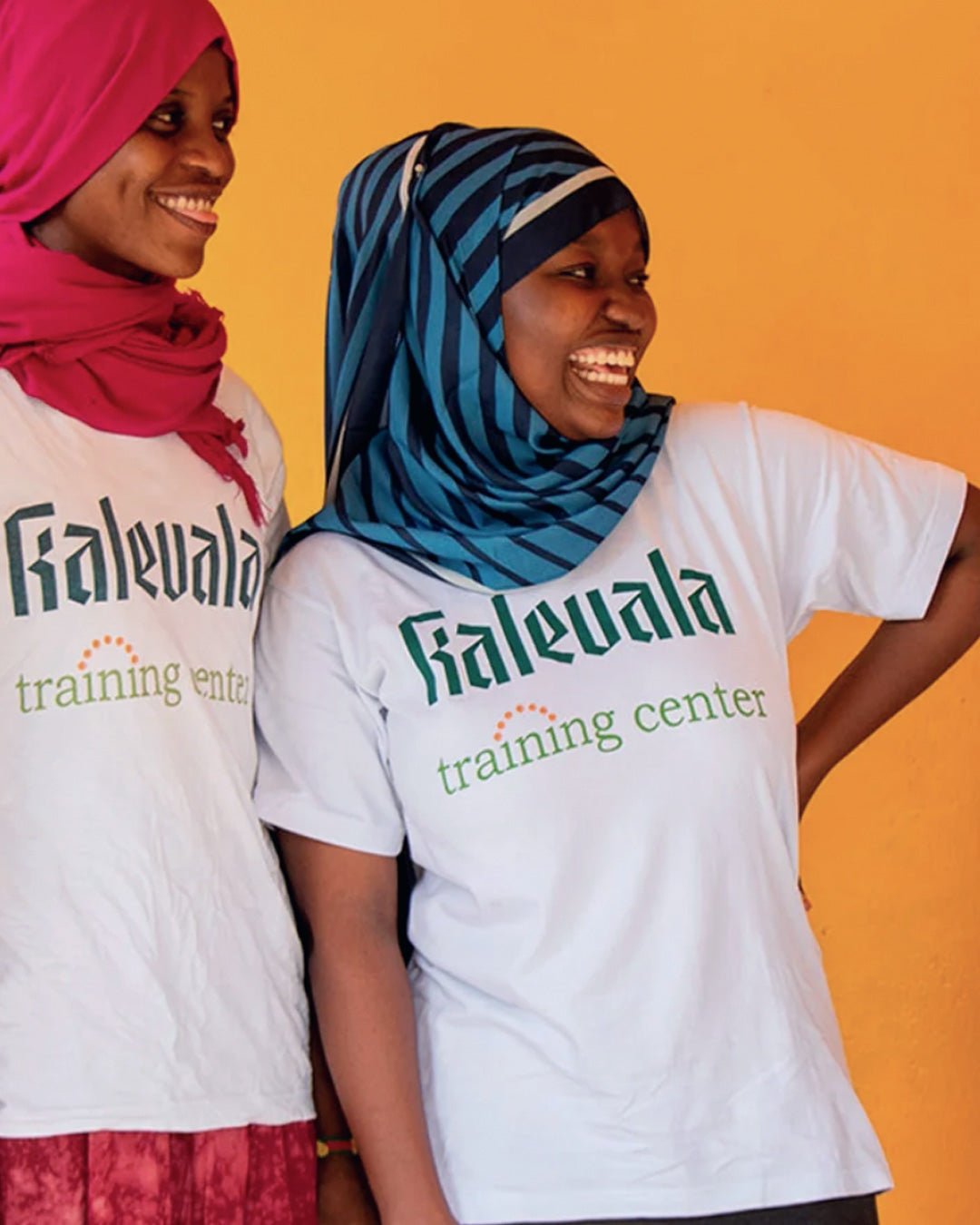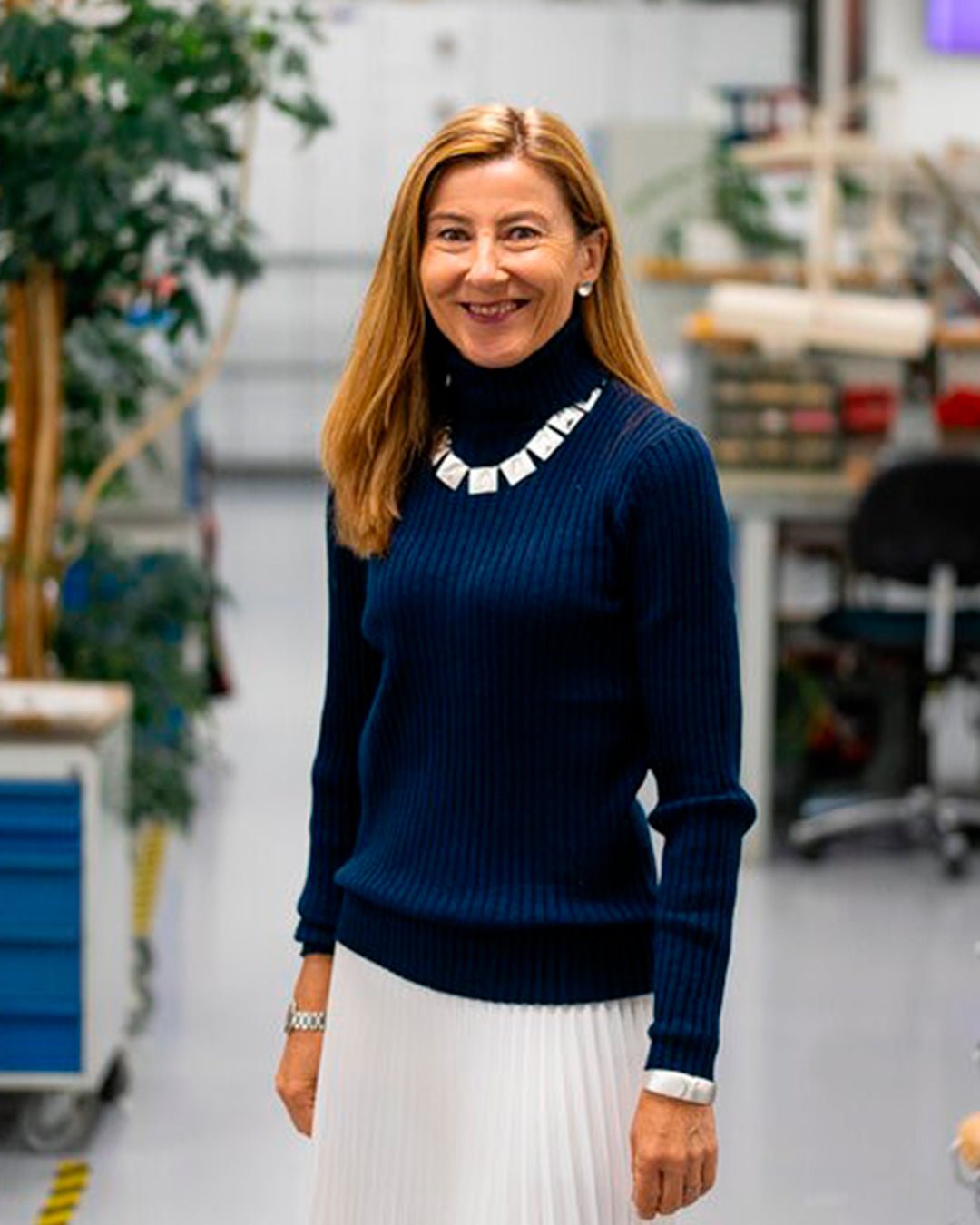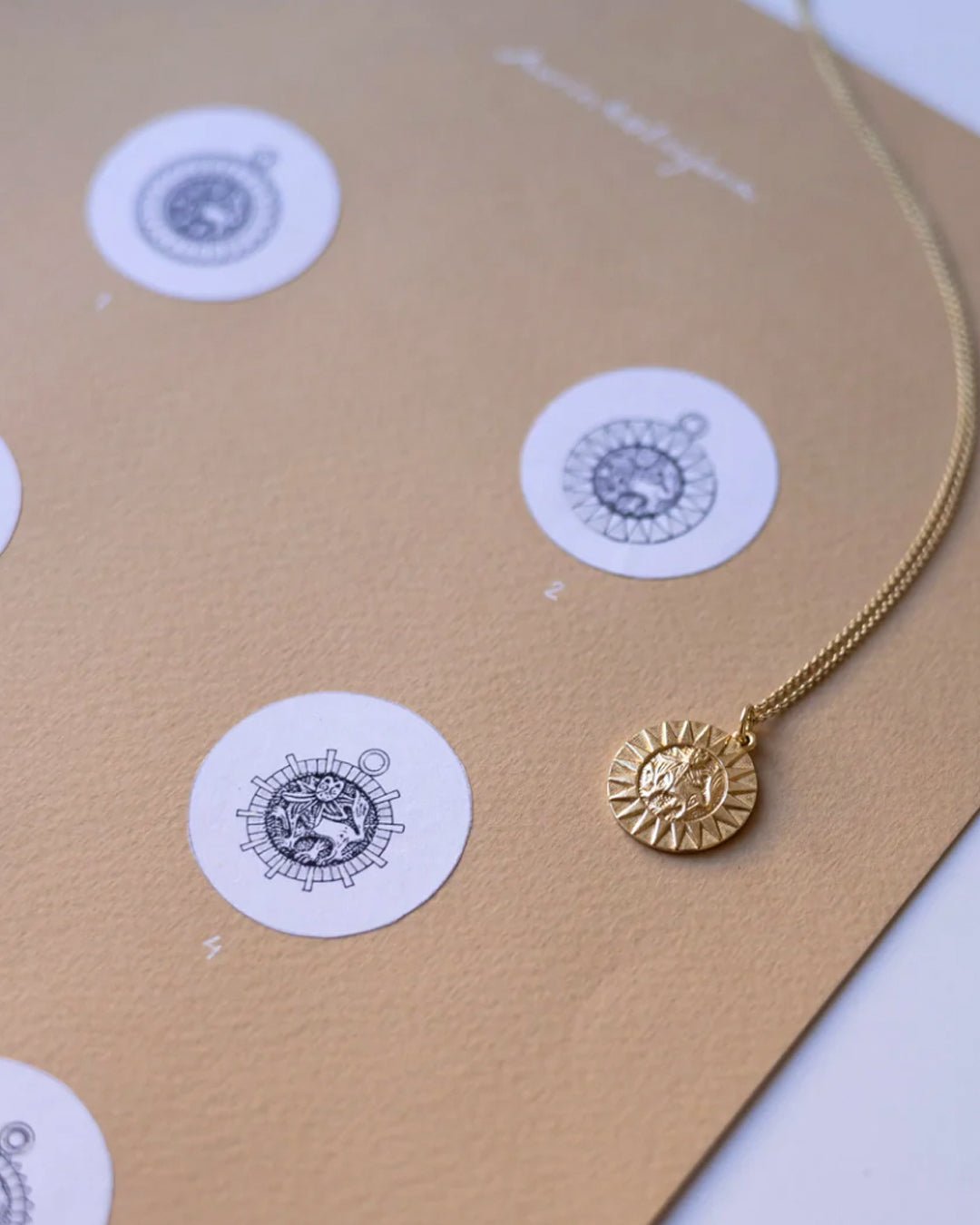Journal
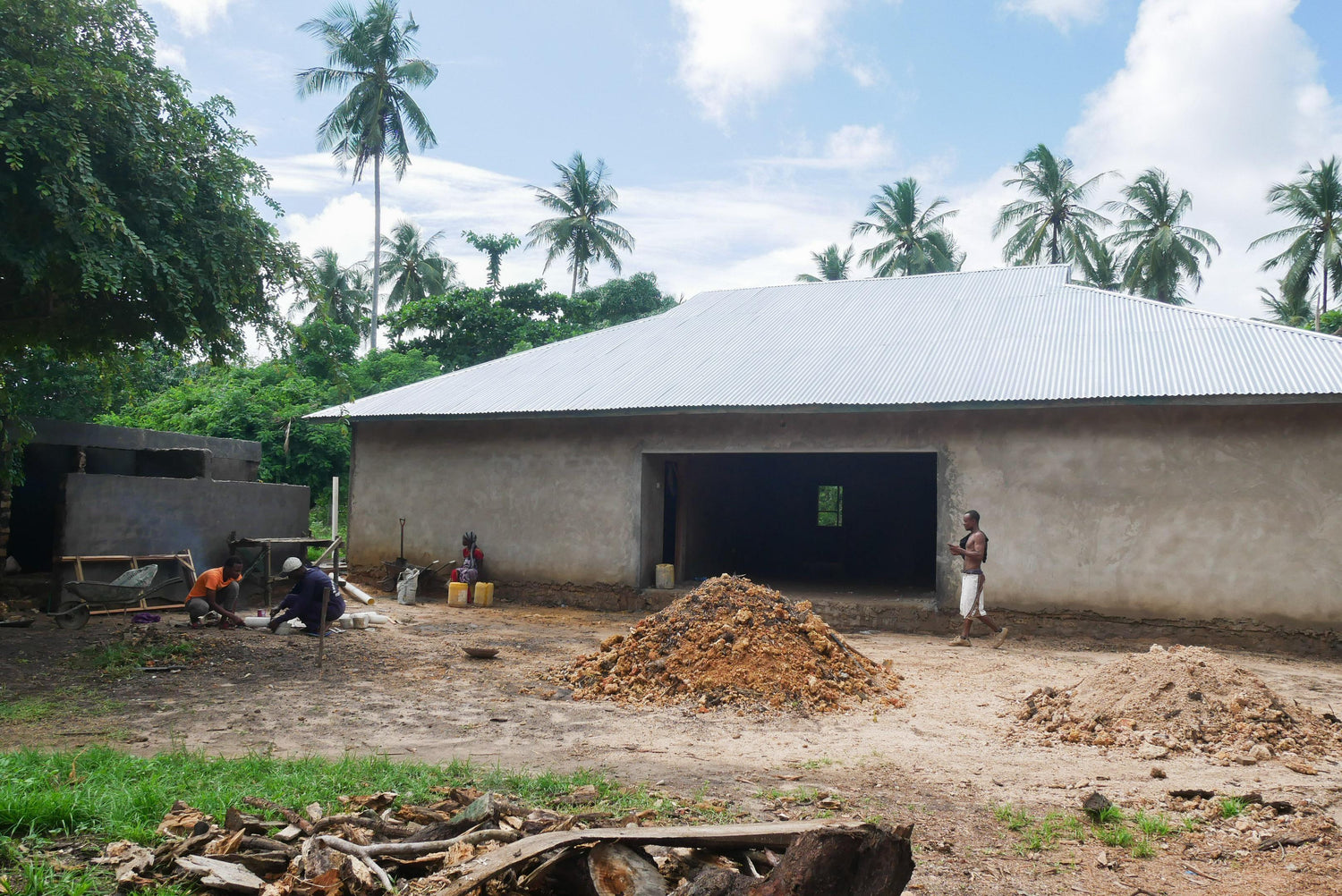
Kalevala Training Center construction project
The Kalevala Training Center project was founded in the spring of 2020 with funding from Kalevala Jewelry, which opens the way for young women to a profession and independent livelihood in the small village of Makongen in Kenya. Kalevala Training Center operations in Kenya are led by Viola Wallenius, a young Finn, together with a local team. Wallenius is now writing on our blog for the first time - welcome to immerse yourself in the construction phase of the Kalevala Training Center.
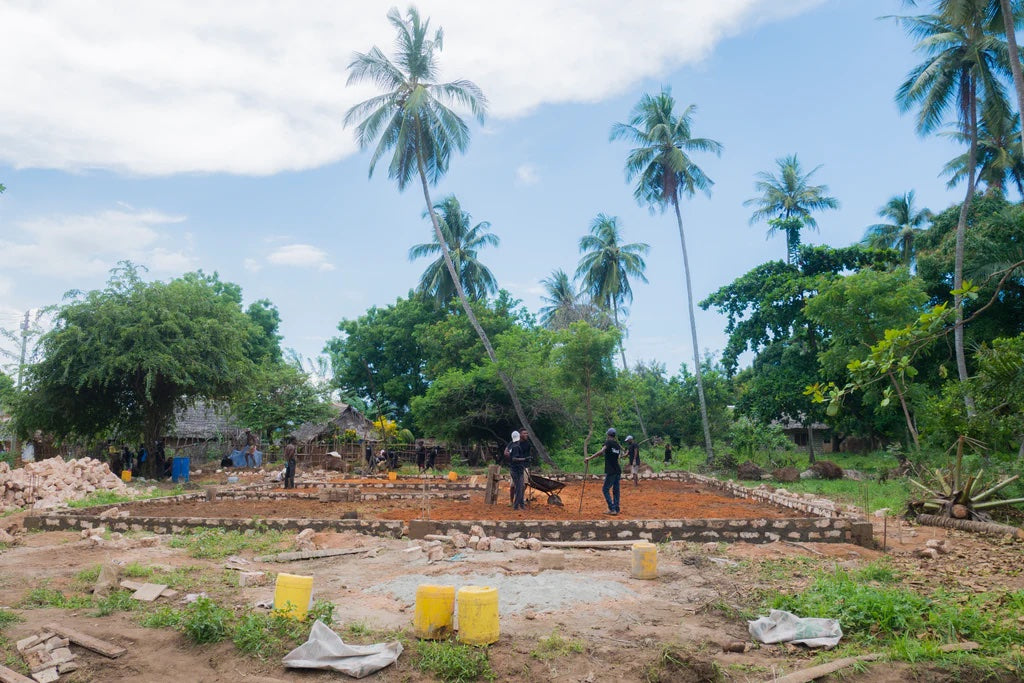
We started building the Kalevala Training Center right in the first week of April. The rainy season had just started and the weather was hot and humid. We had been slowly clearing the area throughout the beginning of the year, so we were able to start from a flat base. Mlisho, our main construction foreman, had already provided us with lists of the necessary materials in advance so that we could get the orders done on time. Coral bricks, sand, gravel, cement and metals mined from the old seabed. In no time, the yard and warehouse were full of materials.
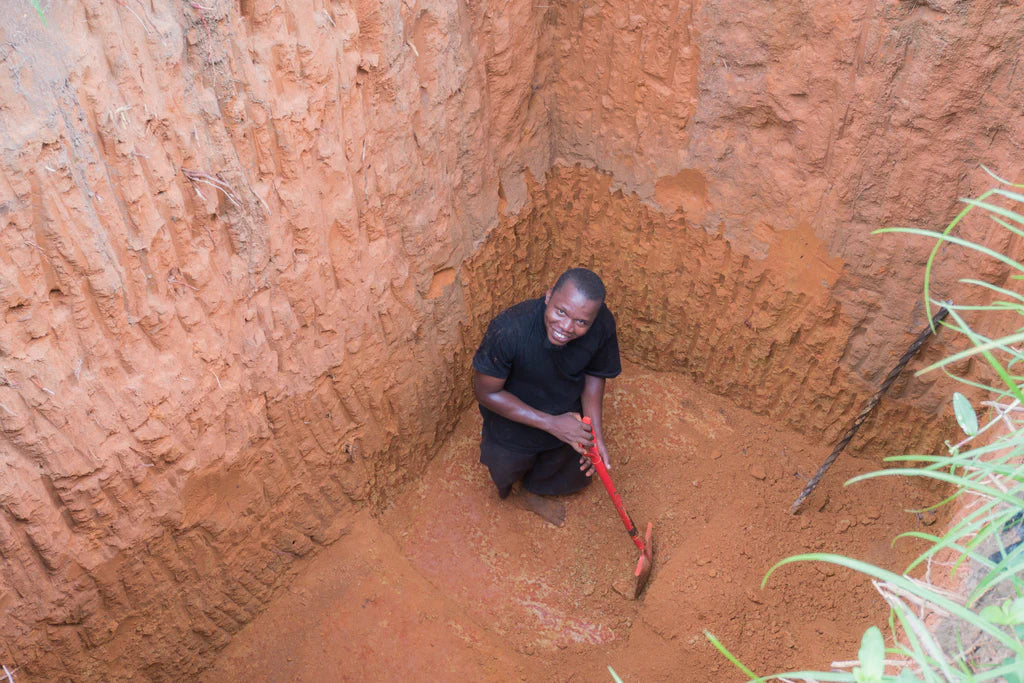
The first days' work with the building's foundations went quickly. All work was done by hand from start to finish. The sand was carted with wheelbarrows, the cement was mixed with a shovel, and the water was lifted from the well with a bucket and a rope. Local builders worked together with local young helpers. In total, the construction site eventually employed 86 local specialists, craftsmen or young helpers. Throughout the construction phase, there was a good team spirit and a motivated work atmosphere at the site.
Since there is no sewer network in our village, we had to develop the drainage system ourselves from the beginning. We dug an eight-meter-deep pit into the ground, in which we built an emptyable waste tank, where the toilet waste can be collected.
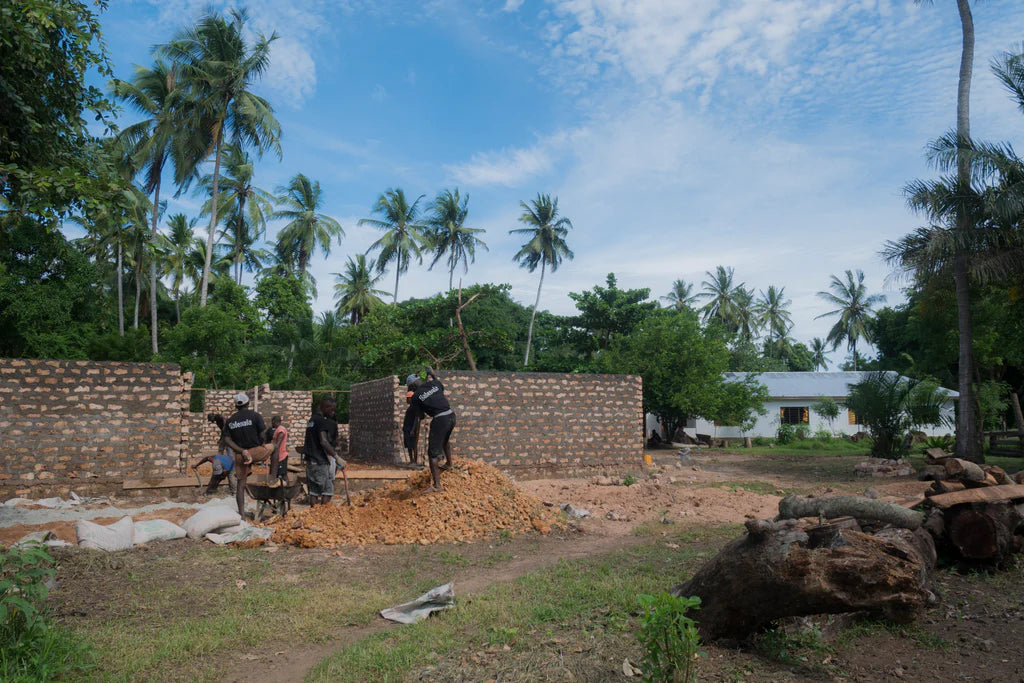
The women of the village took on the work of fetching water and preparing breakfast and lunch. Chapati and beans were eaten in the morning. Lunch is often ugali cooked from cornmeal and vegetables or soup. Mealtimes became a nice way to disconnect from work and exchange news. On the hottest working days, we arranged coconuts or ice-cold soda for the workers' lunch as a surprise.
In a few weeks, the walls of the building went up and the whole look of the area changed. Passers-by stopped to wonder where this huge new building had appeared and what was to become of it? We were proud to tell you about the soon-to-be-opened girls' education center. The news soon spread around the village and girls and young women interested in study opportunities started arriving to ask for more information about the training.

The building's roof work took more time and tin than we could have predicted. The size of the building was surprising and a lot of wood material was also needed. Nimble roofers smoothly glided from one rafter to another, and nailed supporting timbers and metal sheets into place. Even looking at the ground, the mere thought made me dizzy.
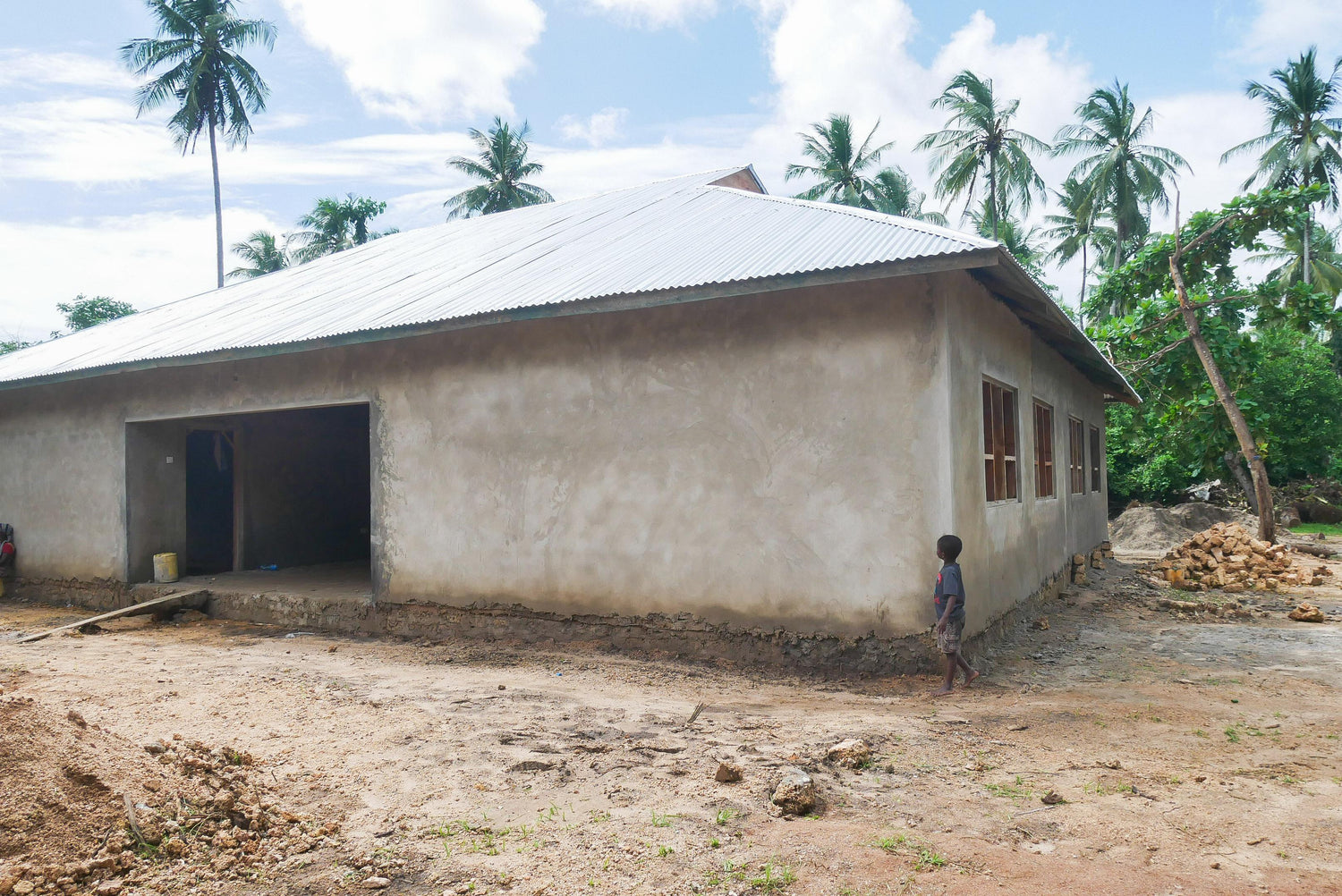
Carpenters took over the making of windows, door frames and doors. The village's carpenters are artists and craftsmen in their own field. They converted whole trees into doors, window frames and furniture. All work was done by hand according to measurements. Mr. Chulo, our head carpenter, is a true multi-tasker, whose hands created chairs, tables, cabinets and TV screen stands on wheels, as well as schematic drawing tables for the sewing class.
The process of painting the buildings turned out to be a surprising challenge. Finding the right color shades produced difficulties, and the colors of the paints did not hold their place when they dried. Some of the paints were of poor quality and some changed color or remained patchy when they dried. Finally, after several failed paint acquisitions, we decided to mix the colors by hand. The end result is completely unique shades that you will definitely not find in the surrounding area.
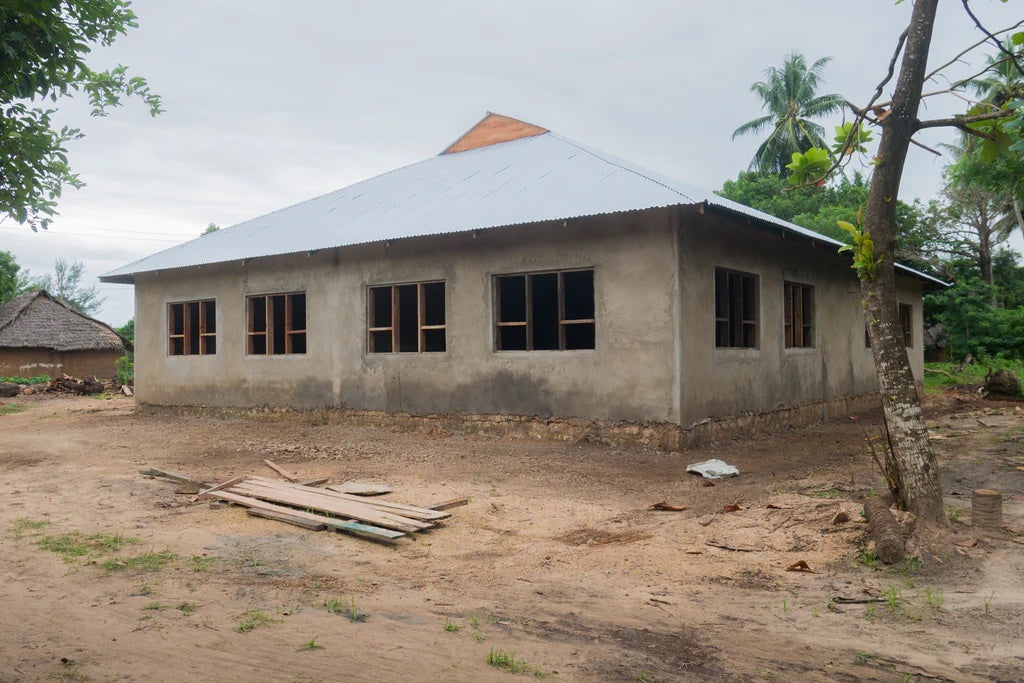
The last few weeks were the fierce finale of the marathon, during which everything was put together. After finishing the building, tiling the floor, painting the walls and varnishing the furniture, we finally got to put the furniture and teaching supplies and equipment in the classrooms. It felt unreal to finally see how months of work came together. Suddenly, our work site was no longer just a work site, but a ready-made training center that was now waiting for the students to arrive.
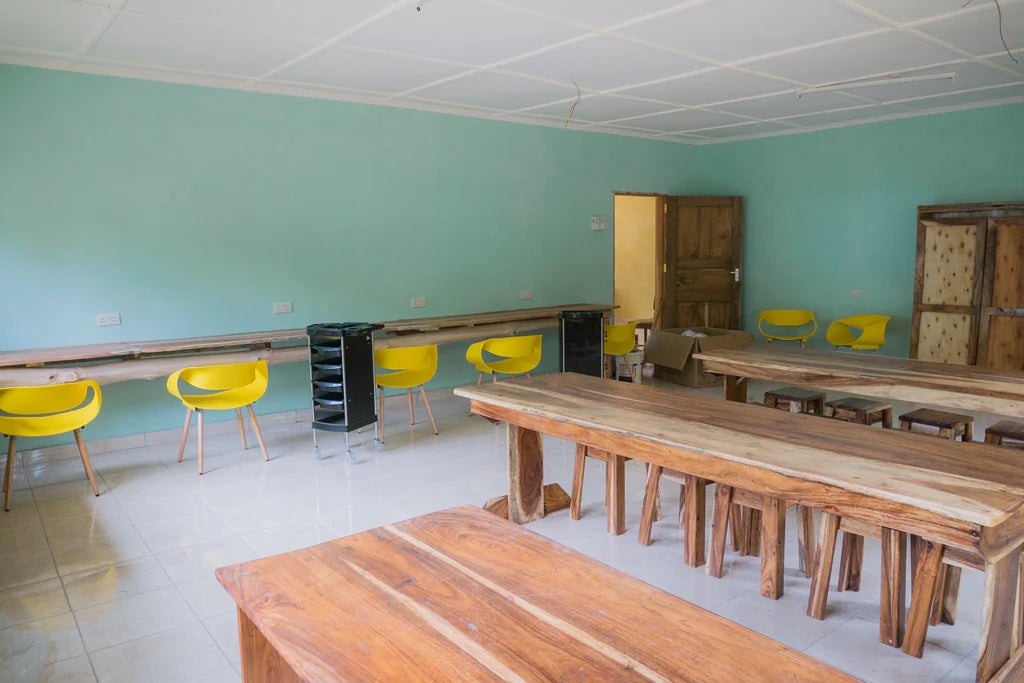
146 working days later, the Kalevala Training Center was ready to open. It was time to move on to the next phase of the project and welcome the students. More on this later!
Follow the everyday life and progress of the Kalevala Training Center from Kalevala Journal - you can see how the Finnish jewelry not only brings joy and good mood to its wearer, but also tangible good in a small Kenyan village thousands of kilometers away.
Read about Kalevala Training Center's first graduation ceremony.
Article author: Viola Wallenius, Makongen, Kenya

